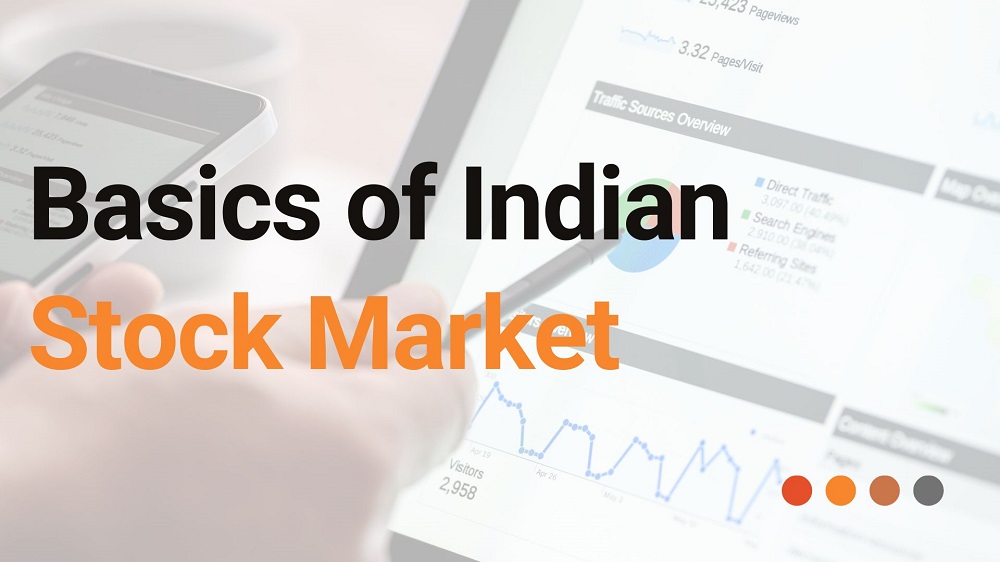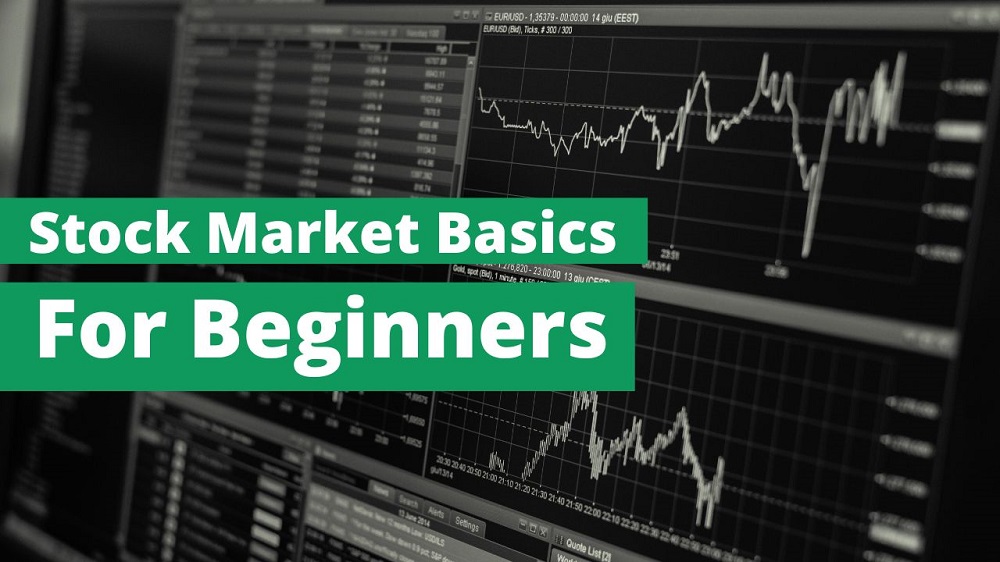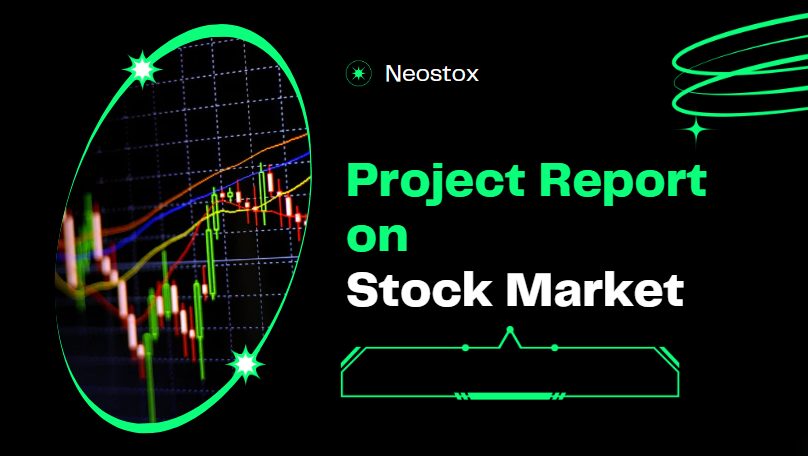Trading online has become more popular over the past few years, offering people the chance to invest and possibly earn money from home. However, starting with online trading can be challenging, especially if you are new to it. In this blog, we will give you easy tips for trading online, ensuring that you have a strong foundation to begin your trading journey. We will cover everything from choosing the right trading platform to understanding the basics of market analysis. Let’s dive in.
Choosing the Right Trading Platform
Importance of a Reliable Platform
The first step in trading online is selecting a reliable trading platform. The platform you choose will be your main tool for executing trades, accessing market data, and managing your portfolio. Therefore, it’s essential to choose one that is easy to use, secure, and offers a variety of features that match your trading needs.
Key Features to Look For
- User Interface: A good platform should have a simple and intuitive user interface that is easy to navigate, even for beginners. Look for a platform with a clean design and features that are easy to find.
- Security Measures: Security is crucial in online trading. Ensure the platform uses advanced encryption methods to protect your personal and financial information. Look for platforms that offer two-factor authentication as an added layer of security.
- Fees and Commissions: Different platforms have different fee structures. Some may charge per trade, while others may have a monthly fee. Compare the costs and choose a platform that fits your budget.
- Range of Assets: If you are interested in trading various assets, such as stocks, forex, commodities, or cryptocurrencies, ensure the platform offers these options.
- Customer Support: Good customer support is essential, especially for beginners. Look for platforms that offer 24/7 support through multiple channels like live chat, email, or phone.
Popular Trading Platform
Neostox is considered one of the best online platforms for trading because it’s easy to use, very secure, and offers a wide range of tools for trading. Whether you’re new to trading or have experience, Neostox provides real-time market info, advanced charts, and smooth trading. It’s affordable with low fees, making it great for anyone who wants to save money. Plus, This app has great customer support to help you out whenever you need it. With its focus on making trading simple and effective, Neostox is a top choice for people looking to trade stocks and other assets online.
Understanding Market Basics
Types of Financial Markets
To trade effectively, you need to understand the different types of financial markets. Each market has its own characteristics and requires different strategies.
- Stock Market: This is where shares of publicly traded companies are bought and sold. The stock market is known for its potential for high returns but also carries significant risk.
- Forex Market: The foreign exchange (forex) market is the largest financial market in the world, trading currencies. It is highly volatile and operates 24 hours a day.
- Commodities Market: This market deals with the trading of physical goods like gold, oil, and agricultural products. Commodities can be a good hedge against inflation.
- Cryptocurrency Market: This is a relatively new market that trades digital currencies like Bitcoin and Ethereum. It is known for its extreme volatility.
Key Trading Concepts
- Bid and Ask Price: The bid price is the highest price a buyer is willing to pay for an asset, while the ask price is the lowest price a seller is willing to accept. The difference between these two prices is called the spread.
- Market Orders and Limit Orders: A market order is an order to buy or sell immediately at the current market price. A limit order, on the other hand, is an order to buy or sell at a specific price or better.
- Leverage: Leverage allows traders to control a large position with a relatively small amount of capital. While leverage can amplify profits, it also increases the potential for losses.
- Margin: Margin is the amount of money required to open a leveraged position. It acts as a security deposit to cover potential losses.
Developing a Trading Strategy
Importance of a Trading Plan
A trading plan is a comprehensive strategy that outlines your trading goals, risk tolerance, and the methods you will use to achieve your objectives. Having a trading plan helps you stay disciplined and makes it easier to stick to your strategy, even during periods of market volatility.
Components of a Trading Plan
- Goals and Objectives: Define what you aim to achieve with your trading. Are you looking for short-term gains, or are you planning for long-term investment growth?
- Risk Management: Determine how much risk you are willing to take on each trade. This includes setting stop-loss orders to limit potential losses and deciding on the maximum amount of capital you are willing to risk.
- Trading Strategy: Your trading strategy should be based on your market analysis and trading style. Are you a day trader, swing trader, or long-term investor? Each style requires different approaches.
- Record Keeping: Keep a trading journal where you document all your trades, including the reasons for entering and exiting positions. This helps you analyze your performance and learn from your mistakes.
Conducting Market Analysis
Technical Analysis
Technical analysis involves studying past market data, primarily price and volume, to forecast future price movements. Here are some common tools and techniques used in technical analysis:
- Charts: Line charts, bar charts, and candlestick charts are commonly used to visualize price movements over time.
- Indicators: Indicators like moving averages, Relative Strength Index (RSI), and Bollinger Bands help traders identify trends and potential entry or exit points.
- Patterns: Chart patterns such as head and shoulders, triangles, and flags can indicate potential price movements.
Fundamental Analysis
Fundamental analysis involves evaluating the intrinsic value of an asset by examining related economic, financial, and other qualitative and quantitative factors. This analysis is commonly used for long-term investment decisions.
- Financial Statements: Review a company’s financial statements, including the income statement, balance sheet, and cash flow statement, to assess its financial health.
- Economic Indicators: Economic indicators like GDP, unemployment rates, and inflation can impact market conditions and influence trading decisions.
- News and Events: Stay updated with news and events that can affect the markets, such as earnings reports, product launches, and geopolitical developments.
Practicing Risk Management
Importance of Risk Management
Effective risk management is crucial in trading online to protect your capital and ensure long-term success. By managing risk, you can minimize potential losses and maximize your profits.
Risk Management Techniques
- Position Sizing: Determine the appropriate size of each trade based on your risk tolerance and the total size of your trading account.
- Stop-Loss Orders: A stop-loss order automatically closes a position when the price reaches a predetermined level, limiting your potential loss.
- Diversification: Spread your investments across different assets and markets to reduce risk. Diversification helps ensure that a poor performance in one area does not significantly impact your overall portfolio.
- Risk-Reward Ratio: Calculate the risk-reward ratio before entering a trade. This ratio compares the potential profit of a trade to the potential loss, helping you determine if the trade is worth taking.
Continuously Learning and Improving
Importance of Education
The financial markets are constantly evolving, and staying informed is key to becoming a successful trader. Continuous learning helps you adapt to market changes and refine your trading strategies.
Resources for Learning
- Books and Articles: There are numerous books and online articles written by experienced traders that cover various aspects of trading. Some popular titles include “A Random Walk Down Wall Street” by Burton Malkiel and “The Intelligent Investor” by Benjamin Graham.
- Online Courses and Webinars: Many platforms offer online courses and webinars on trading strategies, technical analysis, and market psychology. These can be valuable resources for both beginners and experienced traders.
- Trading Communities: Join online trading communities and forums where you can interact with other traders, share ideas, and learn from each other’s experiences.
Practicing with Demo Accounts
Before risking real money, practice your trading strategies with a demo account. Most trading platforms offer demo accounts that simulate real market conditions without the risk of losing money. This allows you to test different strategies and gain confidence in your trading skills.
Staying Updated with Market Trends
Importance of Staying Informed
Staying updated with market trends is crucial for making informed trading decisions. Market conditions can change rapidly, and being aware of these changes can help you capitalize on opportunities and avoid potential pitfalls.
Sources of Market News
- Financial News Websites: Websites like Bloomberg, Reuters, and CNBC provide up-to-date news and analysis on financial markets.
- Economic Calendars: Economic calendars list important events and releases, such as central bank meetings, economic reports, and earnings announcements, which can impact the markets.
- Social Media: Follow financial analysts, traders, and news outlets on social media platforms like Twitter and LinkedIn to get real-time updates and insights.
Developing Emotional Discipline
Importance of Emotional Control
Trading can be emotionally challenging, especially during periods of high volatility. Emotional discipline is essential to avoid making impulsive decisions that can lead to significant losses.
Techniques for Maintaining Discipline
- Set Realistic Goals: Set achievable trading goals and avoid the temptation to chase unrealistic profits. Having clear goals helps you stay focused and disciplined.
- Follow Your Trading Plan: Stick to your trading plan and avoid deviating from your strategy based on emotions. Trusting your plan can help you stay calm and rational during market fluctuations.
- Take Breaks: Trading can be mentally exhausting. Take regular breaks to clear your mind and avoid burnout. Stepping away from the screen can help you make more objective decisions.
Conclusion
Trading online offers a world of opportunities, but it also comes with risks. By following these easy tips, you can build a solid foundation for your trading journey. Remember to choose a reliable platform, understand market basics, develop a trading strategy, practice risk management, continuously learn, stay updated with market trends, and maintain emotional discipline.
Successful trading requires patience, discipline, and a willingness to learn from both successes and failures. With the right approach and mindset, you can navigate the complexities of online trading and work towards achieving your financial goals.
Also Read
- Basics of Indian Stock MarketThe Indian stock market is a dynamic and intriguing financial arena that offers vast opportunities for
- Stock Market Basics for BeginnersInvesting in the stock market can be a fantastic way to grow your wealth over time.
- Project Report on Stock MarketThe stock market is an important part of the economy, allowing people and companies to buy
- CE Meaning in Stock MarketUnderstanding the various terminologies used in the stock market is crucial for both novice and experienced
- Stock Market Operations: A Comprehensive GuideThe stock market is a complex yet fascinating domain that significantly impacts the global economy. Understanding
Frequently Asked Questions
What is trading online?
Online trading is the process of buying and selling financial assets such as stocks, bonds, commodities, or currencies through internet-based platforms provided by brokers or financial institutions.
How do I start online trading?
To begin online trading, first, choose a reputable trading platform. Next, open an account, complete any required verification processes, deposit funds, and start researching assets you want to trade. Develop a trading plan based on your goals and risk tolerance.
Is online trading safe?
Yes, online trading can be safe if you use trusted platforms that employ robust security measures like encryption for data protection and two-factor authentication to secure your account.
Can I make money with online trading?
Yes, online trading offers opportunities to earn profits by buying assets at a lower price and selling them when their value increases. However, it’s crucial to research thoroughly, have a disciplined trading strategy, and manage risks effectively.
What are the costs of online trading?
Costs of online trading typically include brokerage fees, commissions per trade, spread costs (difference between buying and selling prices), and possibly account maintenance or withdrawal fees depending on the platform.
How much money do I need to start trading online?
You can start with as little as $100 or more, depending on the platform and your trading strategy. Some platforms offer minimum deposit requirements, but the amount you invest should align with your financial goals and risk tolerance.
What is a trading strategy?
A trading strategy is a detailed plan that outlines your financial goals, preferred assets to trade, risk management approach, and criteria for entering and exiting trades. It helps you stay disciplined and focused on achieving consistent trading results.
How can I learn more about trading?
You can expand your knowledge by reading books, taking online courses, participating in webinars, joining trading communities, and practicing with demo accounts. Learning from experienced traders and staying updated with market trends are also beneficial.
What is the difference between stocks and forex trading?
Stocks involve buying shares of companies, while forex (foreign exchange) trading focuses on buying and selling currencies. Stocks are influenced by company performance and market conditions, whereas forex trading is affected by global economic factors and geopolitical events.
Should I use leverage in online trading?
Leverage allows you to control a larger position in the market with a smaller amount of capital. While it can amplify profits, it also increases the potential for losses. It’s important to understand leverage, use it judiciously based on your risk tolerance, and always have a risk management strategy in place.




